The World Heritage-protected Daintree region of North Queensland is a tropical wonderland in excelsis, comprising 95kms of sublime coastal rainforest and white-sand tropical beaches. Dutifully picked up by my AAT Kings ground operator, Downunder Tours, my small group of fellow sightseers headed north on the Captain Cook Highway, for a day of delight and discovery through the Daintree and to Cape Tribulation.
Comfortably seated on padded leather seats, our bus truck thoughtfully featured an overhead digital screen projecting a live shot of the leafy roadside finery from the dashboard. Our bus truck was under the command of driver/guide Alison, an effusive and entertaining host, who engaged us all day with her passionate knowledge and enchanting anecdotes about this remarkable pocket of wild and protected Australia.
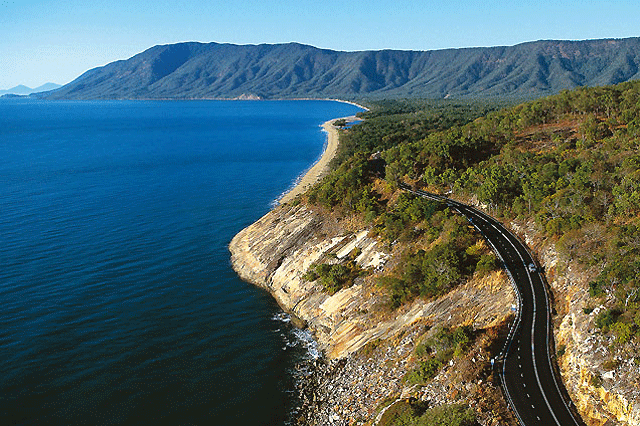
En-route to Mossman, vast swathes of sugarcane plantations awaiting harvest dwarfed the highway, inter-linked with narrow-gauge railway tracks providing trusty transportation to the processing plant. Unlike our over-reliance on trucks for transportation in New Zealand, the cane trains were a welcome, reaffirming statement about how decent infrastructure can unclog the roads. Without the trains, the Captain Cook Highway would be a dog’s breakfast, overwhelmed by a juggernaut of trucks.
Mossman is a picturesque service town, brimming with historic pubs with wide verandahs, and a stunning avenue of 100 year old fern-clad raintrees, creating a glorious canopy across the highway’s northern entrance into town. From Mossman, it’s a short hop to the Daintree River, where we boarded our boat for a taste of wildlife unplugged. The 140km long Daintree River, of which a third is tidal, boasts a bewildering abundance of wildlife.
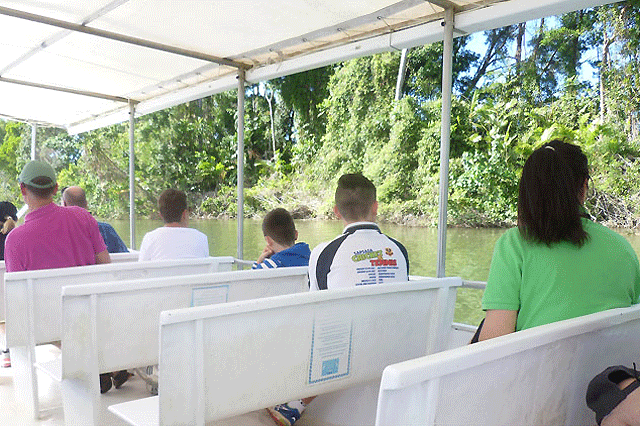
In fact 40% of all of Australia’s bird species can be found in the Daintree, but it’s sighting the saltwater crocodiles who lurk in the river that provides the biggest frisson. Our river cruise pilot, Bruce, added a sense of theatre to the croc-spotting mission, excitedly yelling out, “Tracking 12 o’clock, tracking, tracking…just in front of us…croc identified!” As it was, with the tide high, most of the crocs were successfully tracked down, but partially submerged in the mangroves.
Fang and Scar Face, are the two established alpha males of the river, who both span nearly five metres in length, while Lizzy is one of the river’s matriarchs. These remarkable creatures pre-date dinosaurs, with a lineage that reaches back 240 million years. There’s a very good reason not to swim in croc-infested waters. Ignore the signposting at your peril. Crocs can go underwater and hold their breath for a staggering two hours. Lizzy had 17 hatchlings this year and we spotted some of them, sitting on riverside tree stumps.
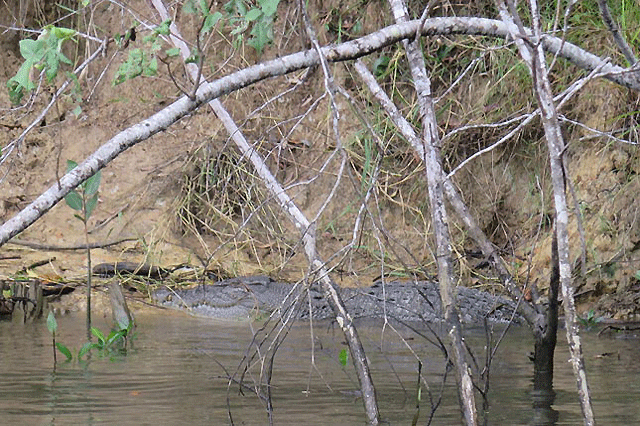
Bruce remarked that the good thing about the hatchlings, is they’re easy to photograph. “Get them enlarged and you’re friends will never know it was just a baby you snapped.” A little camera magic never goes astray. For every crocodile eggs that hatch, only 1 in every 100 babies survive the first year. They face a formidable array of hostile co-inhabitants. None more so than the 43 species of snakes that the Wet Tropics area is home to. We saw a heap of tree snakes, entwined in the riverside branches, happily sunning themselves. But the king specimen is the Amethystine Python, the third largest snake in the world, spanning 9 metres in length.
These guys swallow saltwater crocodiles, cassowaries, dogs, chooks – even kangaroos. What a diet. The river thronged with birdlife, but one of the most enchanting sights that Bruce pointed out to us are are the bird nests with verandahs. These tear-dropped shaped nests ingeniously protect the birds from the heavy rainfall flooding their homes. Disembarking from the boat on the north side of the Daintree River, you enter the heart of the forest, which is considered the oldest rainforest in the world, clocking in at 135 million years.
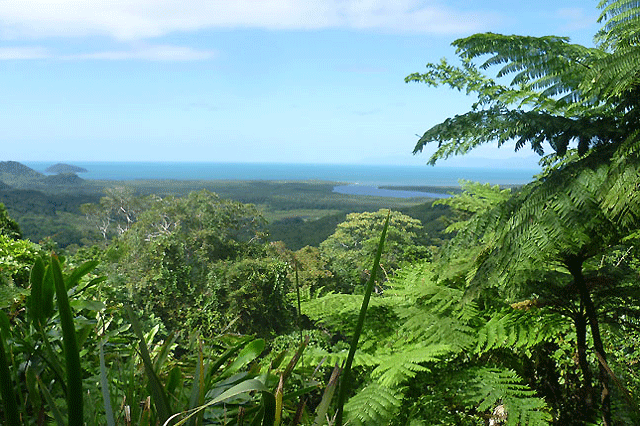
Named after Richard Daintree, the eminent geologist didn’t actually come here. After the relishing the river jaunt and reboarding the bus truck, we headed to Alexandra Range Lookout, or Wal Wugirriga, which provides a supreme panoramic perspective of how the lush rainforest dips down to the waterline to meet the Great Barrier Reef. Two World Heritage treasures, essentially locking lips. Driving through the rainforest, I was surprised to discover that it’s only recently enjoyed its status as a protected habitat, declared off-limits to commercial logging since 1988. There’s a spree of walking trails, to suit all stamina levels.
After a fabulous barbeque lunch, I enjoyed a cup of Daintree Tea. Organically grown, it has a very woodsy taste, but is very high in antioxidants. It’s got to be good for you, I thought, as I gulped it down. After lunch, we headed to Cape Tribulation, evocatively named by Captain James Cook, while mapping the East Coast of Australia in 1770-71.
Trails and much tribulation confronted Cook and his crew, after the Endevaour struck the Great Barrier Reef, gouging a massive hole in the ship’s side. The actual chunk of coral Cook struck is named Endeavour Reef.
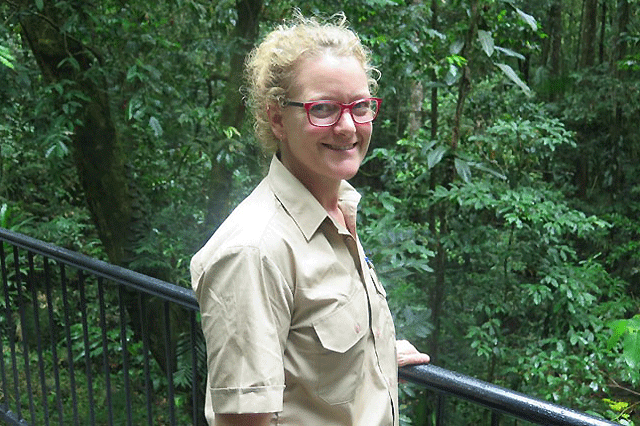
The crippled Endeavour finally managed to free itself from the reef after Cook’s crew throw all manner of cargo into the sea (including cannons), limping ashore by Cape Tribulation to make rough and ready repairs. Cape Tribulation Beach is a beauty, a crescent-shaped sweep of creamy sand. Our group were fascinated by the dot painting patterns carpeting the beach, created by crabs expelling their balls of digested sand from underground. Alison rhetorically questioned whether the crab patterns provided the artistic inspiration to Aboriginal dot painting.
Gazing across this stupendous beach from the look out, the lack of swimmers was conspicuous. And wisely so. Box jellyfish were out in force, swimming and drifting on the current. They have the most lethal toxin known to man. October to May is stinger season – do not venture in these waters. But alongside the Daintree’s menacing beasties, beauty abounds. Alison’s eagle-eyes spotted a glorious peppermint stick insect chilling out on a palm frond. It looked like a giant twig dunked in vivid lime. On the other side of a path, a beautiful white-lipped tree frog was keeping his powder dry, vigilantly eyeing us up.
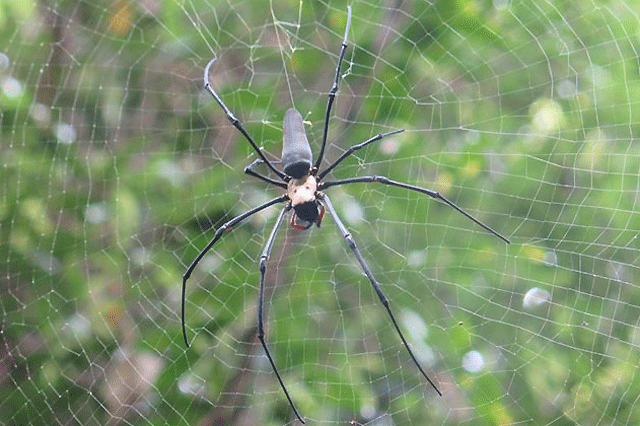
And directly above us, a Golden Orb Spider, with a stunning span of over 30cms, was sitting in the heart of his gargantuan web of complex lacing, to rival a map of the London Underground. Our final stop was at Mossman Gorge, where we delighted in the recent eco-tourism developments that have been created by the Mossman Gorge Aboriginal community, and the traditional Daintree owners, the Kuku Yalanji. 90% of the employees at the Mossman Gorge Centre are indigenous.
We met our local Kuku Yalanji guide, Tom, who imparted a fabulous overview of his culture, basic language skills (Yalada!) and insights about how the forest has been a huge provider of traditional food, medicine, the artistic palette, tools and weaponry for his people. After a scrumptious afternoon tea of damper scones and locally made honey – oh, and more Daintree tea, Alison led us on a dreamy forest hike via the beautiful boardwalks and suspension bridges. More stirring forest species were pinpointed, from the electric red flowers of native ginger, to the eye-catching basket ferns and towering red cedars, with buttress roots.
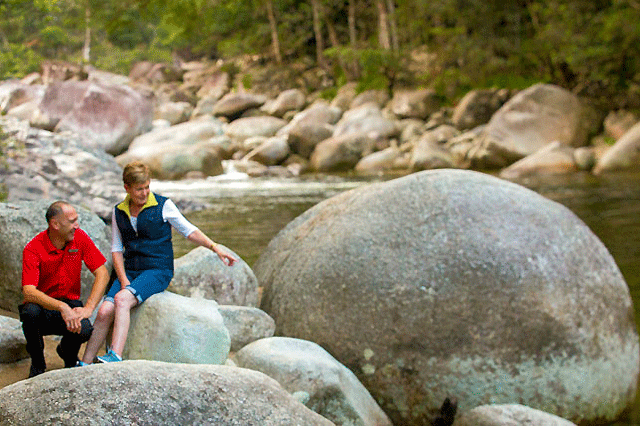
Our walk culminated with one last frisson of the day – the confluence of the Rex Creek and Mossman River waters, at the Gorge. Crystal-clear water cascades over the rich sandstone rocks. Clad in verdant forest finery, it’s a magical setting. And yes – you can safely enjoy a cooling dip here. Explore Cape Tribulation, wind through the Alexandra Range, cruise on the Daintree River, ride the Kuranda Scenic Railway and Skyrail Cableway on AAT Kings’ 6-day Port Douglas & Reef Retreat Short Break.


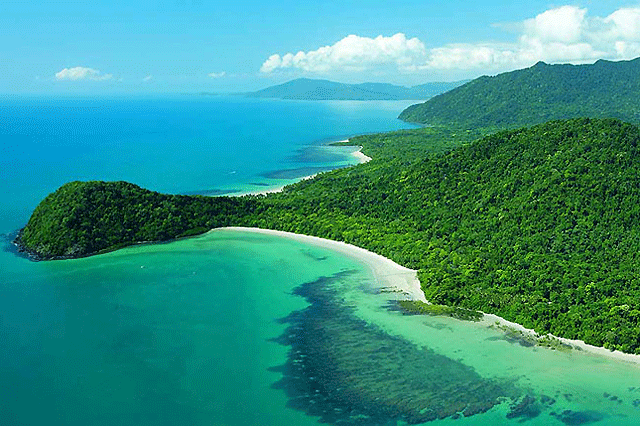
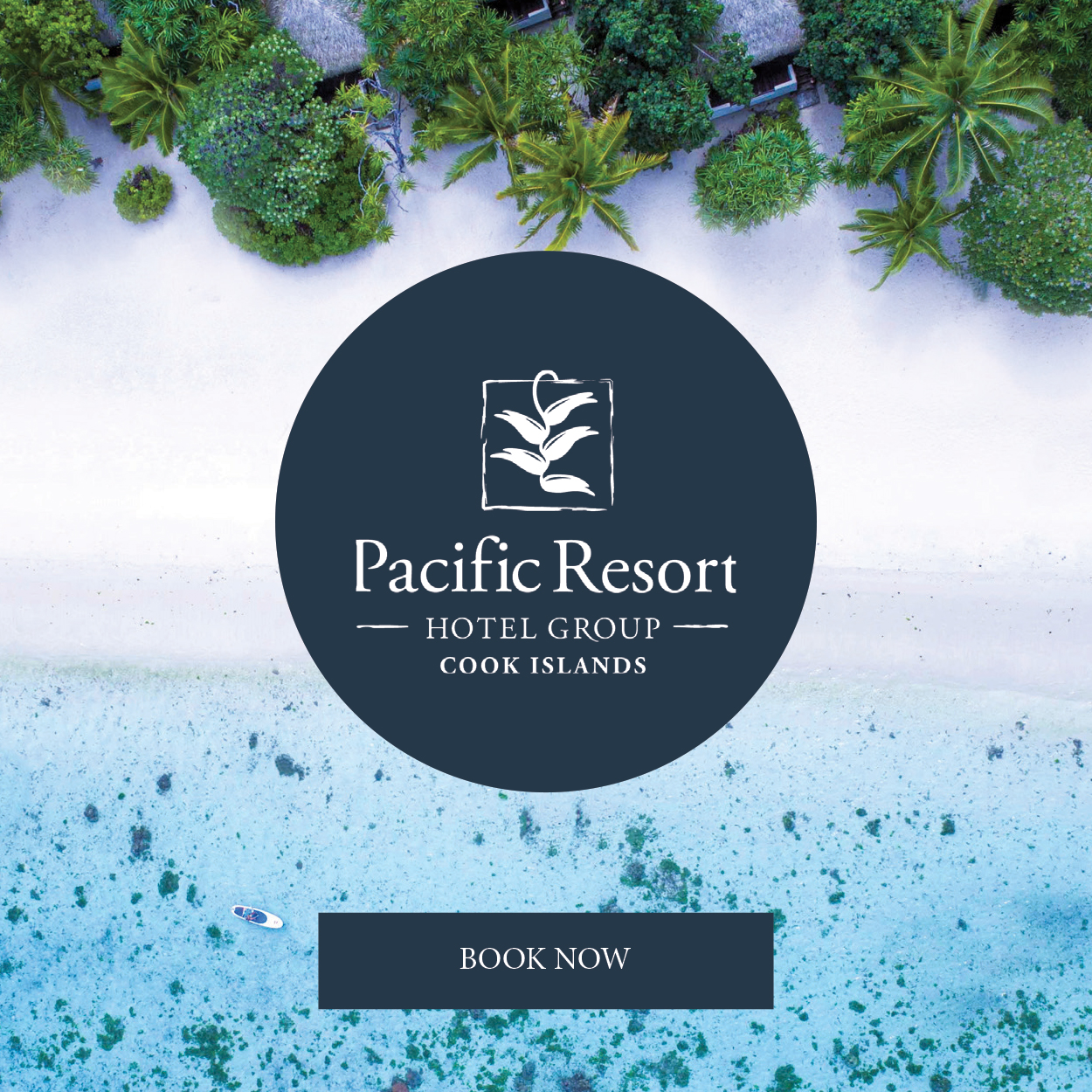
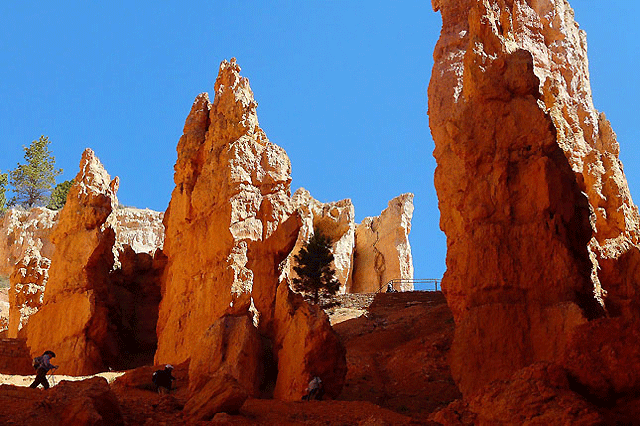
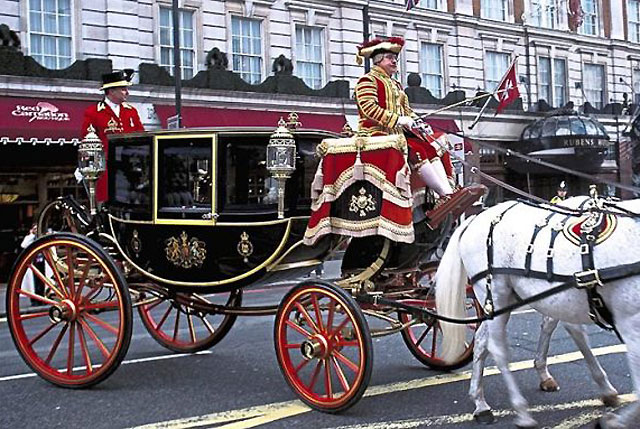

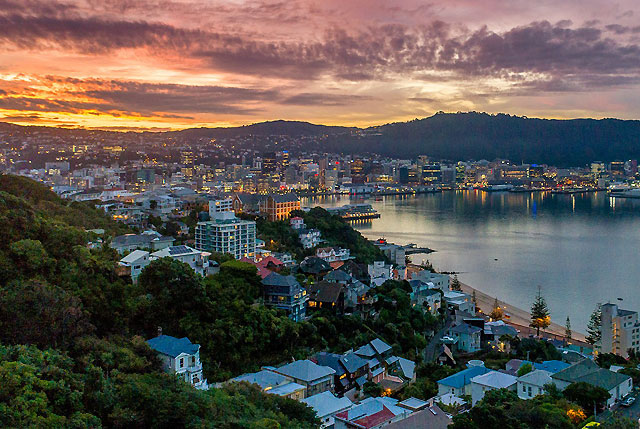

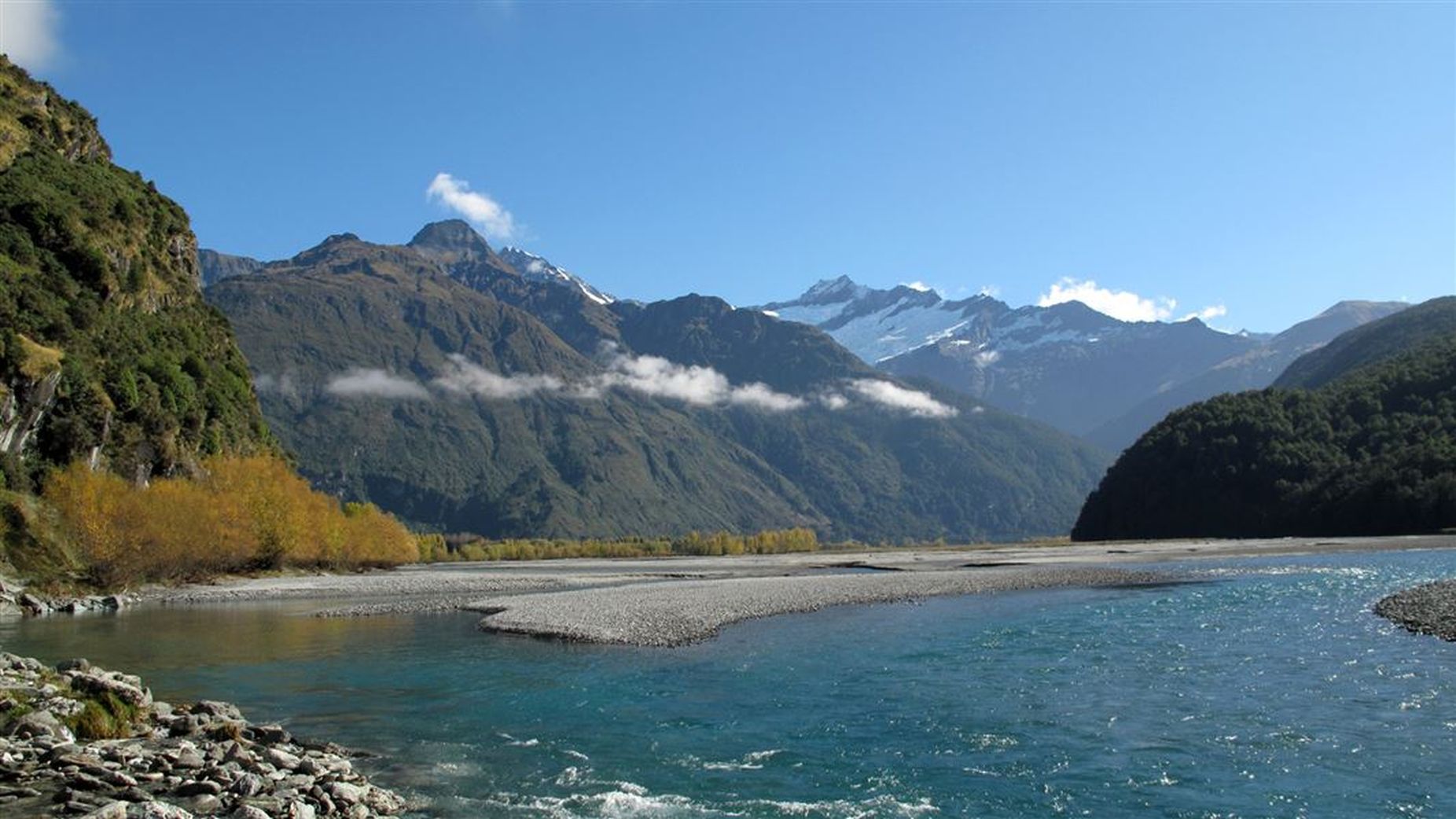
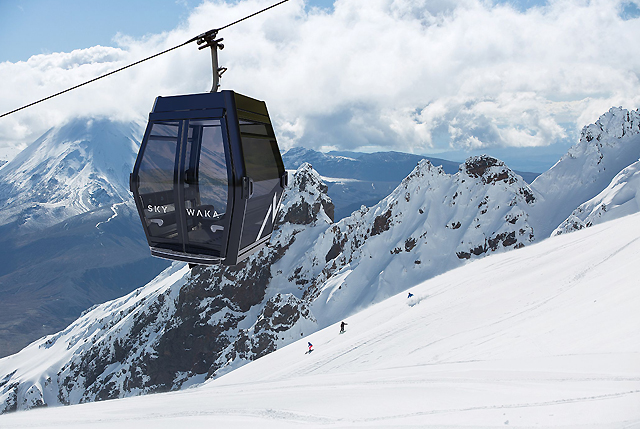
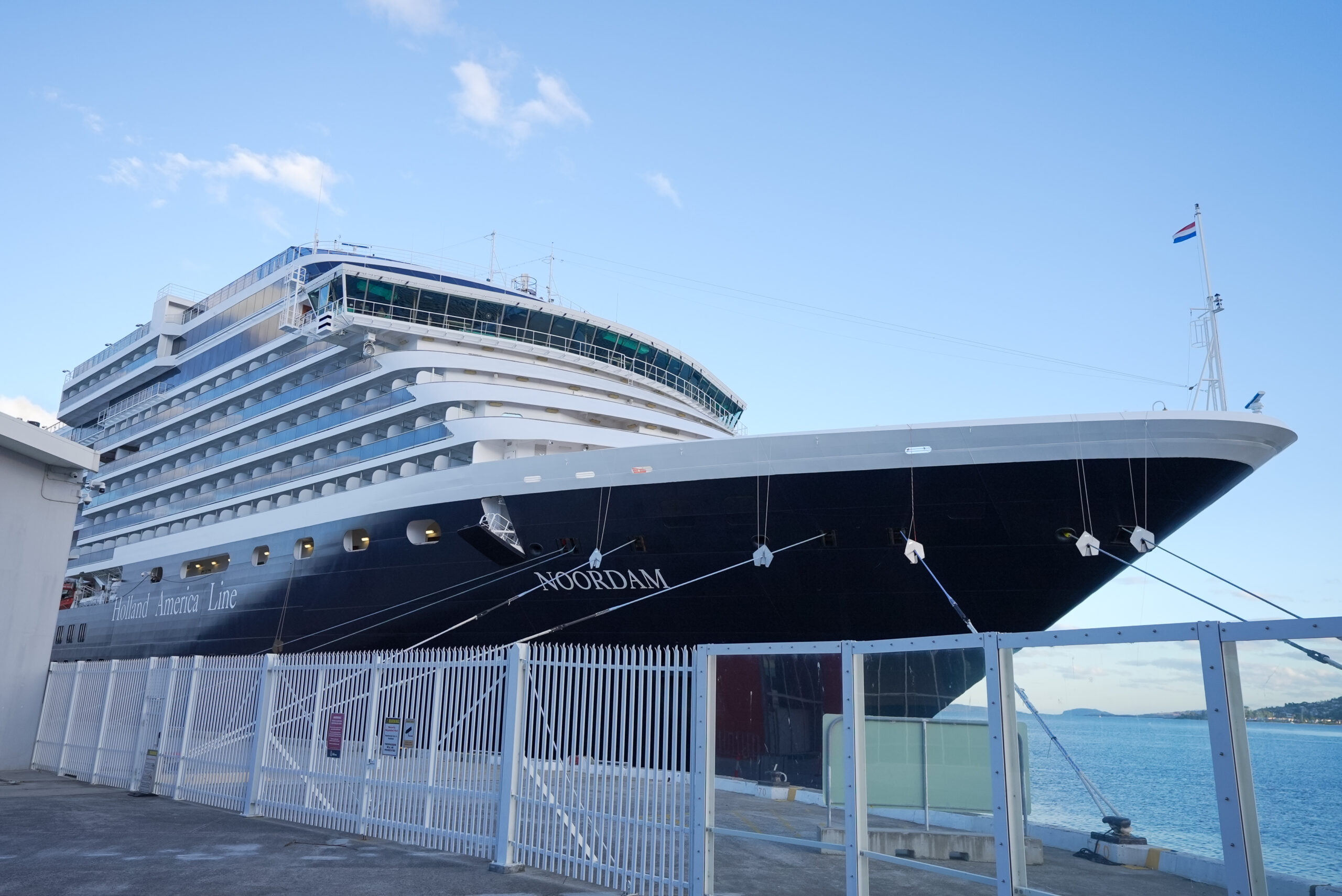
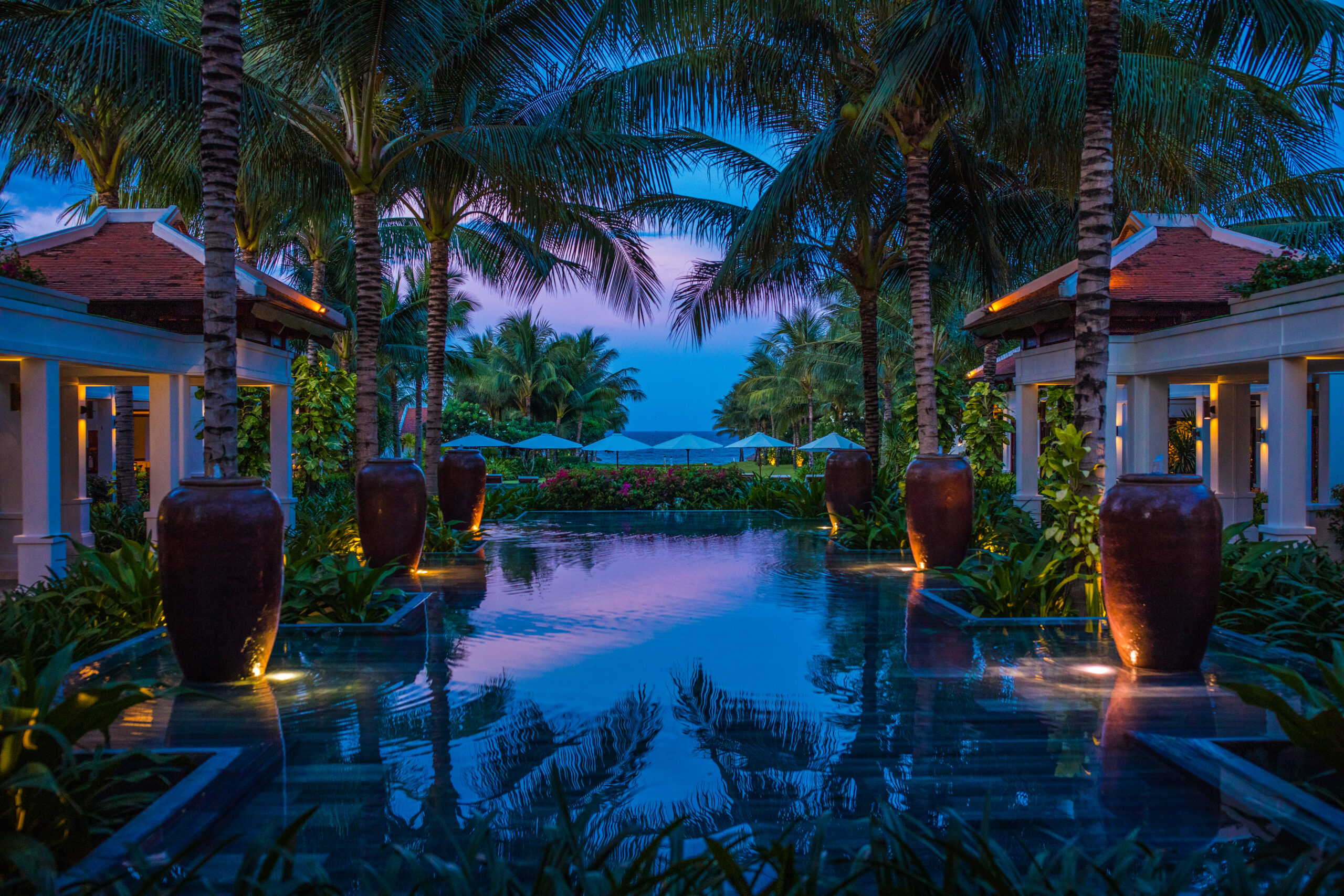
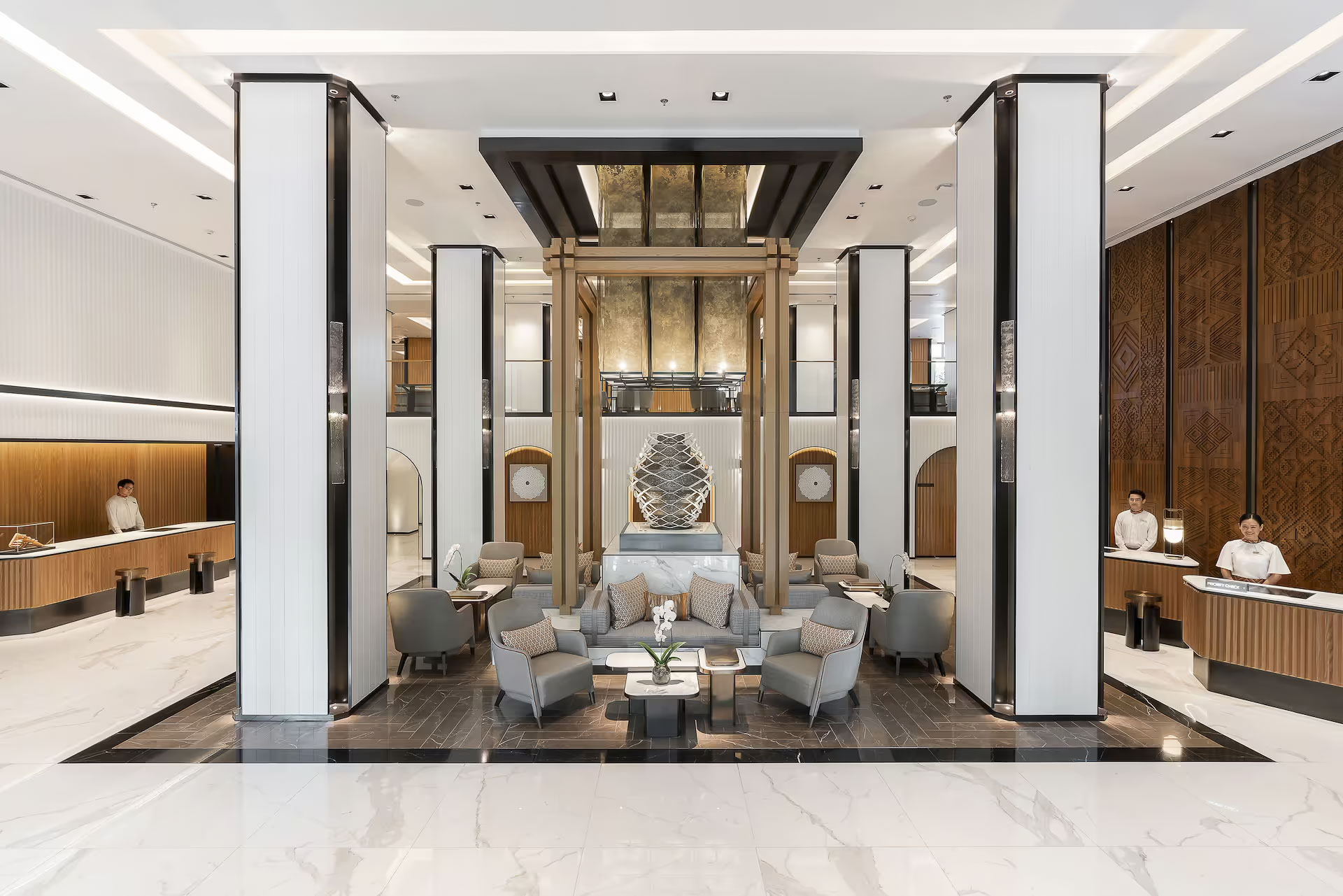
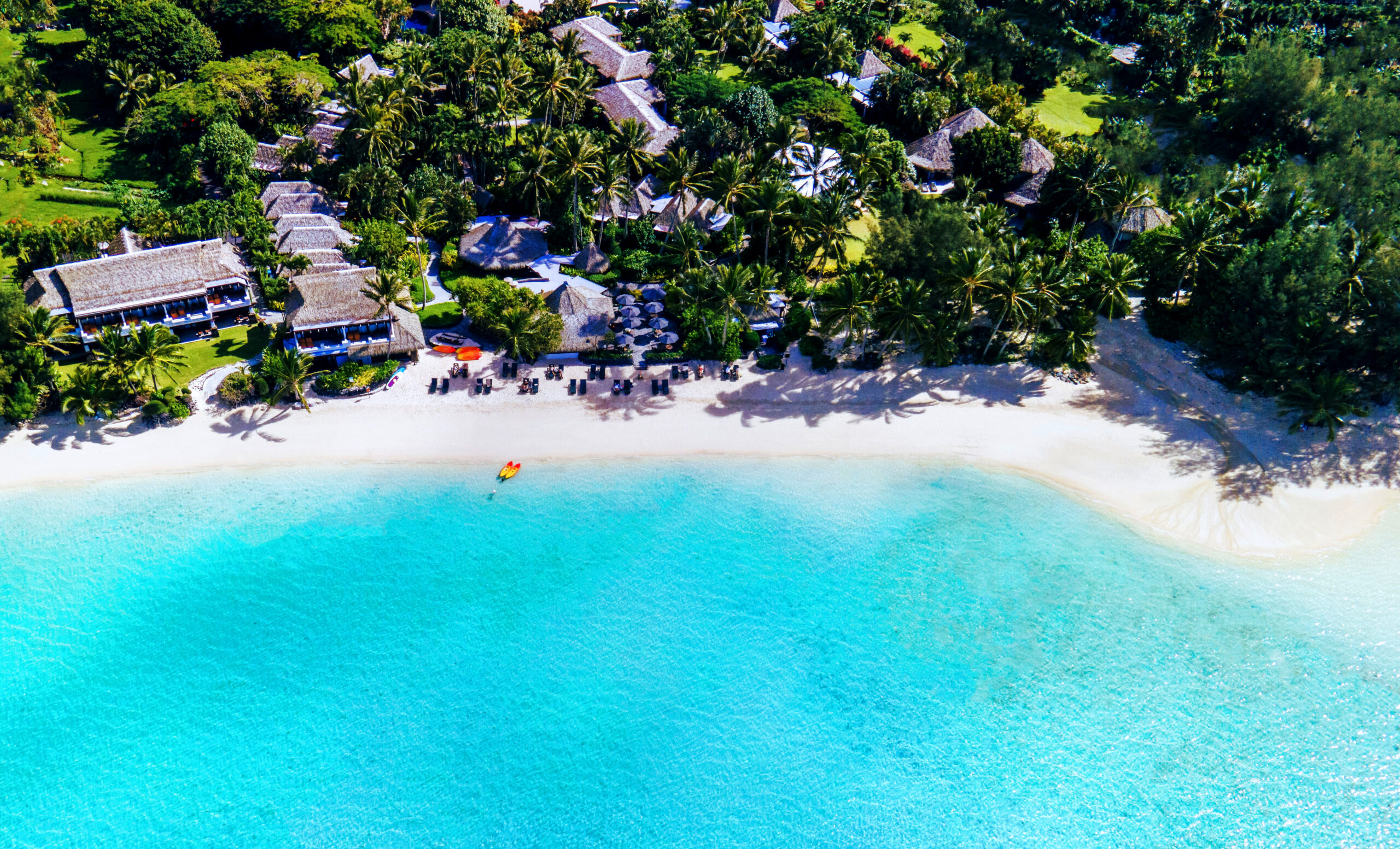
Recent Comments